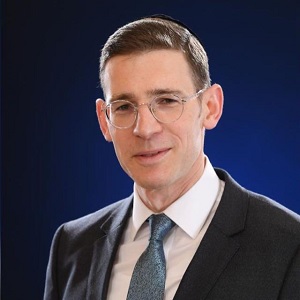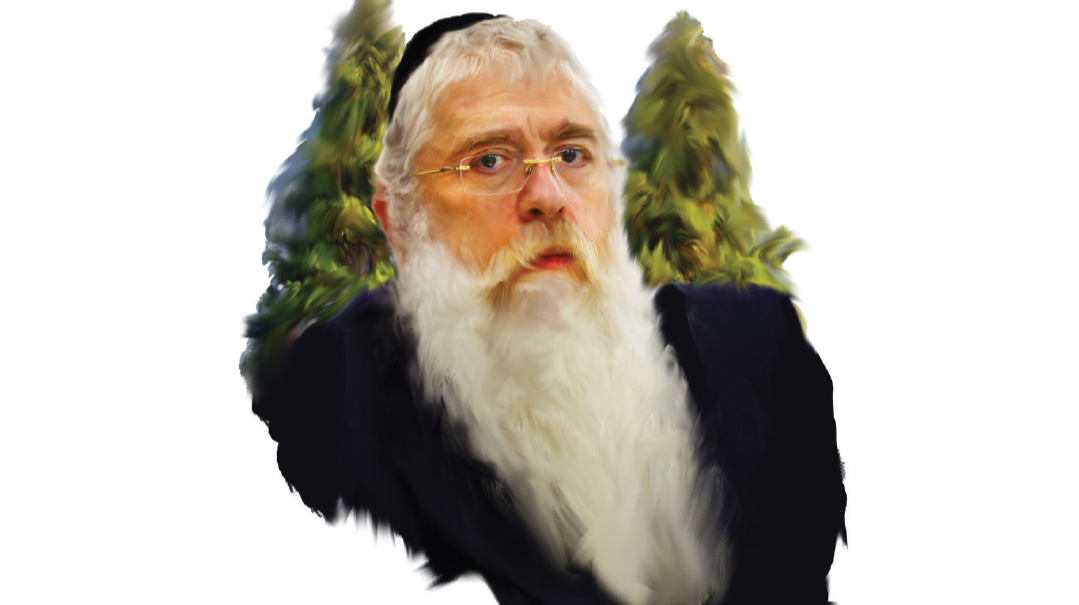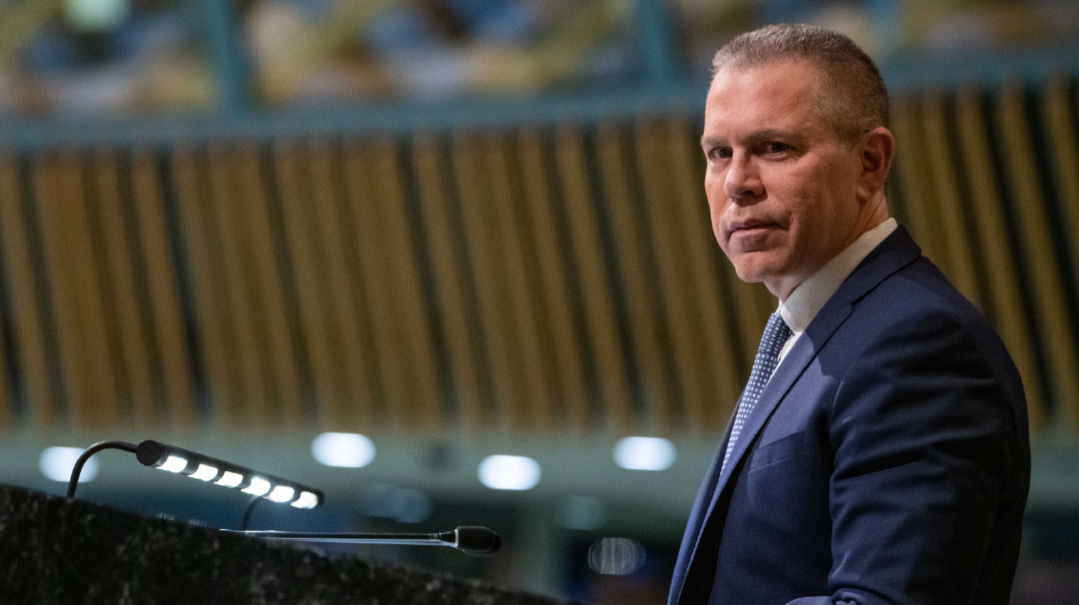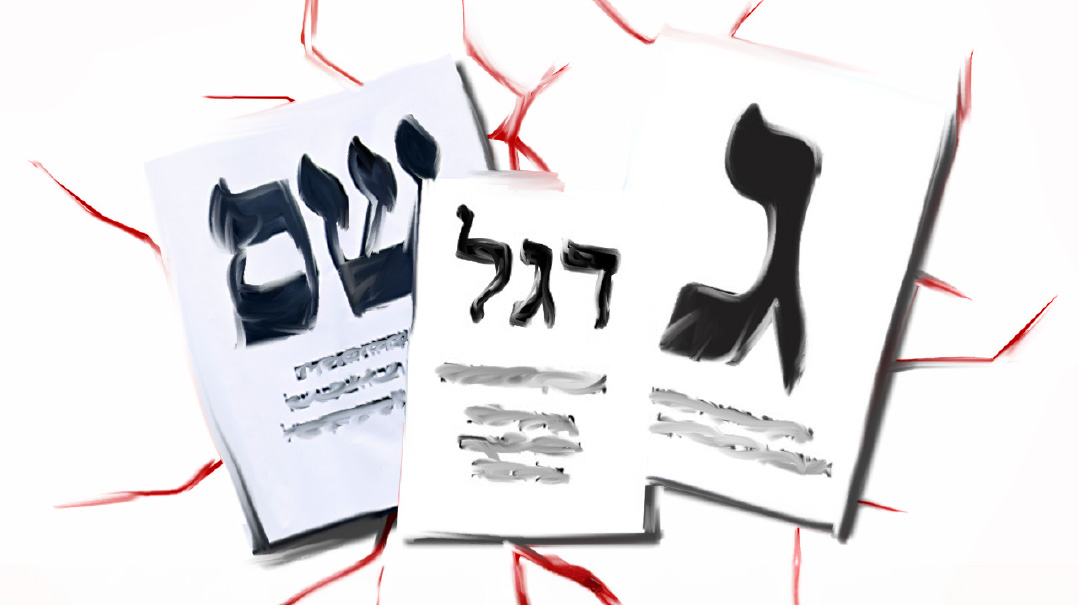Uphill Battle

MK Meir Porush demanded sweeping powers to plan this year’s Lag B’omer event. Will he succeed?

1
Two sacred mountains have preoccupied Netanyahu’s sixth government from its inception, almost obsessively. The first is Har Habayis, where Jewish pilgrimages (in violation of halachah) caused Netanyahu diplomatic and security headaches over the chag. In the last days of Pesach, for the first time since becoming prime minister of a fully right-wing government, Netanyahu unilaterally decided to ban Jews from ascending the mount during the last week of Ramadan.
But it’s the second mountain, Mount Meron, that will take prominence, both politically and religiously, starting next week, with Lag B’omer. In chareidi eyes, especially those of the chassidim, the annual hadlakah at the mount is sacrosanct. Or as Shas chairman Aryeh Deri, chair of a Sephardic movement who grew up in a litvish beis medrash, noted with irony: “I’ve discovered that for some chassiduyot, the holiest mountain of all is actually Mount Meron.”
The Meron disaster of two years ago, in which Israelis as well as visitors from abroad lost their lives, has cast a pall over the annual celebration. In the political realm, it has haunted three of Israel’s leading politicians who have returned to the forefront after a year and a half in the opposition.
The first is Prime Minister Binyamin Netanyahu, who was stunned when the Meron disaster commission put him on warning. The second is Amir Ohana, then minister of public security and current speaker of the Knesset, also under warning from the commission. And the third is former interior minister Aryeh Deri, who can bentsh hagomel for having emerged unscathed from the disaster — not only literally, but also with regard to the commission’s investigation.
Now there’s a fourth politician, who was sworn in as minister specifically for his role vis-à-vis Meron. Jerusalem and heritage minister Meir Porush, who demanded to be put in charge of the event, received permission from Agudas Yisrael’s Moetzes Gedolei HaTorah to serve as minister rather than deputy minister, thanks to the preliminary findings of the commission, which required that the government official overseeing the event be of ministerial rank.
A month ago, after a personal plea to Netanyahu and a meeting with cabinet secretary Yossi Fuchs proved unfruitful, Porush had no choice but to resign his ministerial authority over the mountain. His grievances were directed at two: Netanyahu, with whom he signed the coalition deal giving him authority over the mount, and Shas chairman Aryeh Deri, who continued interfering with the matter behind the scenes.
This crisis — as usual in Israeli politics — was to be resolved only through threats of resignation. Deri countered that the last thing he needed was indirect responsibility for the mountain, after escaping from the commission of inquiry by the skin of his teeth. Netanyahu — as usual — responded that he didn’t know anything about it. But ultimately, Porush received the full powers he wanted — and with power comes responsibility.
2
Two and a half months in a tottering government should barely suffice to dismantle a single tent on the mountain. But after demanding authority, Porush won’t be able to turn down responsibility. In a week’s time, all his fine words will be put to the test. Will an orderly, safe pilgrimage be possible, just two years after the disaster, and a year after the chaos that followed it?
The Bennett-Lapid government, which wanted nothing but to get through Lag B’omer last year in peace, effectively opted to freeze the event. The policy set with then northern district police chief Shimon Lavi, still traumatized by what had occurred under his watch, was to allow no more than 17,000 celebrants on the mountain at any given time. After deducting about 10,000 for local residents and regulars who frequent the site all year round, this basically only enabled 7,000 other celebrants to enter at a time.
If the promised number had been abided by last year, dayeinu, but in practice, the police shut down the event after a mere 60,000 had gone in, keeping out tens of thousands of people who had come from all over the country — and even abroad — to visit the Tanna’s gravesite on his yahrtzeit.
Last year, as a rank-and-file opposition MK, Porush broke the ban on cooperating with the Bennett-Lapid government and met with then minister of religious affairs Matan Kahana in an attempt to arrive at an acceptable compromise. When even the limited template arrived at collapsed in the execution, Porush became the harshest critic of the government’s policy and police negligence. In his two months as minister, Porush has understood one thing: The event has to be managed with a series of immediate, practical steps. If he fails now, after receiving full powers, all the criticisms he leveled at Kahana will boomerang back at him.
3
Netanyahu’s sixth government seems to disdain cooperation, but on the winding road to Meron, the different branches of government warring over judicial reform had to find harmony.
Porush and his Meron project manager Yossi Deitch had to sit down for talks in the offices of the government’s legal advisors on Salah al-Din Street, Jerusalem, and at the same time work with the chair of the relevant Knesset committee Tzvika Fogel of Otzma Yehudit to pass the legislation recommended by the Meron disaster commission.
When it came to insuring the event, both legally and financially, the state had to step in, as no private firm would undertake the cover it, at any price. The chassidic representatives had to fully cooperate with the police — this time no longer led by Rabbi Shimon’s namesake, Shimon Lavi, who resigned last summer, but by Circassian-Israeli Shuki Tachoka, the new police chief of the northern district.
Anyone who makes the pilgrimage should — according to the organizers — be able to notice the difference. The expanded hilula complex, where most of the hadlakos will be held, is at the foot of the mountain in a separate 110-dunam area, of which half will be allotted for hadlakos, chalakehs, and hachnassas orchim, and half for parking space. The ill-fated exit route has been widened, as has the derech mehadrin.
But most important of all is the personal responsibility of each and every pilgrim. The mount’s capacity has been expanded to 52,000, which means that about 42,000 pilgrims will be able to be on the mount at any given time.
The somewhat ambitious plan is for an hourly turnover of 8,000 people, despite the fact that there will be no monitoring of visitors’ hours of arrival and exit. With only chareidi ushers on site, every pilgrim will have to be responsible for himself.
As chair of Shomrei Emunim, Meir Porush is accustomed to jumping from one chassidic court to another on the Jewish holidays, and seems to be present at several different tishen at once. This time, for the first time ever, he found himself going from rabbi to rabbi on Yom Ha’atzmaut, in an attempt to smooth ruffled feathers, to console those deprived of a hadlakah on the upper part of the mount and ensure that clear orders are given from above in every chassidus. Two and a half months isn’t long, and there’s no denying that a lot of work has been done. But Porush will be judged on Motzaei Lag B’omer on one metric alone: the result.
(Originally featured in Mishpacha, Issue 959)
Oops! We could not locate your form.







